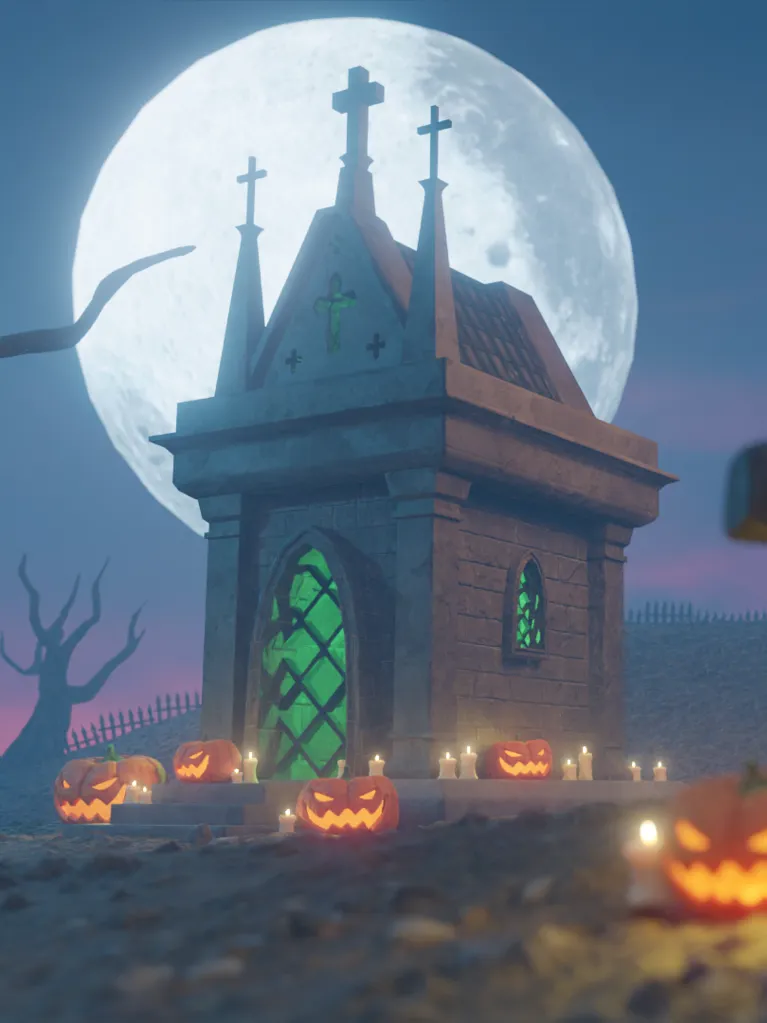Game Design at JMC provides the skills and knowledge to create fully immersive digital environments. Learn how to design, develop and implement an idea, with emphasis on creativity and expression through concept creation, digital drawing, environment modelling and game-engine implementation.
The video game industry is growing fast. The expertise and practices of game design + development is spilling over into a range of sectors, with design and development practices becoming widely adopted outside of purely gaming purposes.
Combine interactivity, game design and programming with traditional art practice and animation with a Bachelor of Creative Arts (Game Design). Focus in what you are passionate about as you select from a list of primary and secondary streams to hone in on your skills.
Add to your Game Design primary stream with a choice of 2D Animation, 3D animation, CG (Computer Generated) Art or Production Art for the opportunity to combine both technical knowledge and artistic practice as you build a professional portfolio. Immerse yourself in an exciting journey from concept to finished product through the magic of visual storytelling.
Why Study Game Design at JMC?
Technology & Facilities
We take gaming seriously at JMC, with each campus housing dedicated digital art + development studios with purpose built workstations, cintiq and intuos pro wacom tablets, non-digital art studio for prototyping, stopmotion, sculpting and life drawings, portable VR development suites, motion capture studios, Rokoko motion capture suits, 3D printers, green-screen cyclorama studio and mixing + recording studios.
JMC uses a range of software including Unity Game Engine, Autodesk Maya, Adobe Creative Cloud, Pixologic Zbrush, Substance Suite, Foundry Suite with Nuke + Mari, Redshift GPU + Arnold CPU Renderer, Adobe Suite, Toon Boom Harmony with Unity middleware, Shotgun Studio and SourceTree.
Duration
In just 2 years you can graduate with a Bachelor degree thanks to our accelerated full-time course. Part-time study is also available to domestic students. International students may choose to complete the course in 3 years [CRICOS 075772B] rather than the accelerated 2 year option.
Students who have successfully completed 4 trimesters of the Bachelor programme may successfully graduate with an Associate Degree qualification.
The Dutch Exchange
Take your passion to Europe and spend an entire trimester at Fontys Academy for Creative Industries in the Netherlands. Collaborate with creative students from all over the world and build your international contacts along the way.











